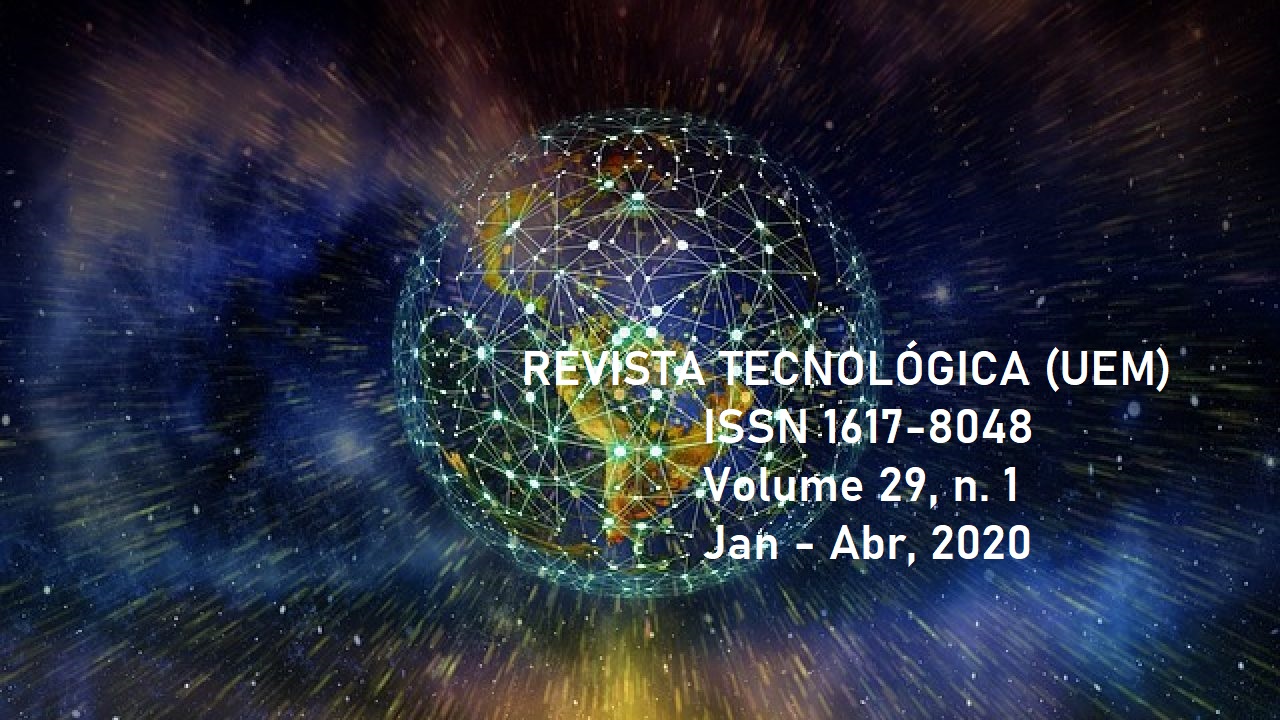ANÁLISE DE DESEMPENHO DA MICROTURBINA CAPSTONE C30 NO PONTO DE PROJETO
Resumo
A crescente demanda energética na Brasil faz surgir a necessidade do uso de tecnologias que possibilitem geração elétrica localizada a partir de biocombustíveis alternativos. Nessa perspectiva, a turbina a gás torna-se ideal por ser capaz de operar com diversos tipos de combustíveis, líquidos ou gasosos, com diferentes poderes caloríficos. Com isso, conhecer o desempenho desse tipo de máquina operando com combustíveis de diferentes poderes caloríficos é imprescindível. Neste trabalho, foi proposto um modelo para simular numericamente o desempenho da microturbina Capstone C30, no ponto de projeto, por meio do software GasTurb®, foram analisados os resultados numéricos obtidos em comparação com os experimentais disponibilizados pelo fabricante. Os resultados apresentaram erros aceitáveis entre os valores numéricos e os experimentais, dentro do intervalo esperado para ensaios de determinação dos parâmetros de desempenho realizados pelos fabricantes de microturbinas a gás. Verificou-se numericamente que a máquina é capaz de operar com biocombustíveis de diferentes poderes caloríficos no ponto de projeto.
Downloads
Referências
ALVES, A. Estudo Experimental da Estabilização de Chamas em Escoamentos com Baixa Rotação para Aplicações em Turbinas a Gás. 2013. 180 p. Tese (Doutorado em Aerodinâmica, Propulsão e Energia), Instituto Tecnológico de Aeronáutica, São José dos Campos, 2013.
ANEEL. Matriz de Energia Elétrica. Agência Nacional de Energia Elétrica. Disponível em: http://www2.aneel.gov.br/aplicacoes/capacidadebrasil/OperacaoCapacidadeBrasil.cfm. Acesso em: 05 nov. 2019.
ABAGNALE, C.; CAMERETTI, M. C.; ROBBIO, R. de; TUCCILLO, R. Thermal Cycle and Combustion Analysis of a Solar-Assisted Micro Turbine, Journal Energies, June 2017.
BOYCE, M. P. Gas Turbine Engineering Handbook. 4th ed., Butterworth-Heinemann, 2011.
BOYCE, M. P. Advanced Industrial Gas Turbines for Power Generation, in Combined Cycle Systems for Near-Zero Emission Power Generation. Woodhead, 2012.
CAPSTONE. Technical Reference: Capstone Model C30 Performance. Capstone Turbine Corporation, 2006.
CRUZ, T. Identificação Experimental de um Modelo Dinâmico de uma Microturbina a Gás com Câmara de Combustão com Baixa Emissão de NOx. 2006. 152 p. Dissertação (Mestrado em Ciências Mecânicas), Universidade de Brasília, Brasília, 2006.
DIAS, M. V. X. Geração Distribuída no Brasil: Oportunidades e Barreiras. 2005. 143p. Dissertação (Mestrado em Engenharia de Energia), Universidade Federal de Itajubá, Itajubá, 2005.
GASTURB. Gas Turb 13 Manual. Disponível em: http://www.gasturb.de/manual.html. Acesso em: 10 out. 2019.
GUPTA K. K., REHMAN A., SARVIYA R. M. Bio-fuels for the gas turbine: A
Review. Renewable and Sustainable Energy Reviews, v.14, i. 3, p. 2946-2955, 2010.
HAUQWITZ, S. Modelling of Microturbine Systems. 2002. 55 p. Master Thesis (Thesis in Automatic Control), Lund Institute of Technology, Lund, 2002.
HORLOCK, J. H. Advanced Gas Turbine Cycles: A Brief Review of Power Generation Thermodynamics. 1st ed., Pergamon, 2003.
ISO - International Organization For Standardization. ISO 2314 : 2009(R2018): Gas Turbine – Acceptance Tests, 2018.
ISO - International Organization For Standardization. ISO 3977-2 : 1997(R2018): Gas Turbine – Procurement – Part 2: Standard Reference Conditions and Ratings, 2018.
JAPIKSE, D. Centrifugal Compressor and Design performance. Concepts Eti, 1996.
JONES, D. R. H.; ASHBY, M. F. The Turbine Blade – A Case Study in Creep-Limited Design in Engineering Materials 1: an introduction to properties, applications and design. 5th ed., Butterworth-Heinemann, 2019.
LEFEBVRE, A. H. Gas Turbine Combustion: Alternative Fuels and Emissions. 3rd ed., CRC Press, 2010.
SARAVANAMUTTOO, H. I. H.; ROGERS, G. F. C.; COHEN, H.; STRAZNICKY, P. V.; NIX, A. C. Gas Turbine Theory. 7th ed., Pearson, 2017.
SCHOBEIRI, M. T. Gas Turbine Design, Components and System Design Integration. 1st ed., Springer, 2018.
SCOTT, G. W. Microturbine Generators for Distribution System. Journal: Industry applications magazine, 1998.
Os autores podem manter os direitos autorais pelo seu trabalho, mas repassam direitos de primeira publicação à revista. A revista poderá usar o trabalho para fins não-comerciais, incluindo direito de enviar o trabalho em bases de dados de Acesso Livre.











